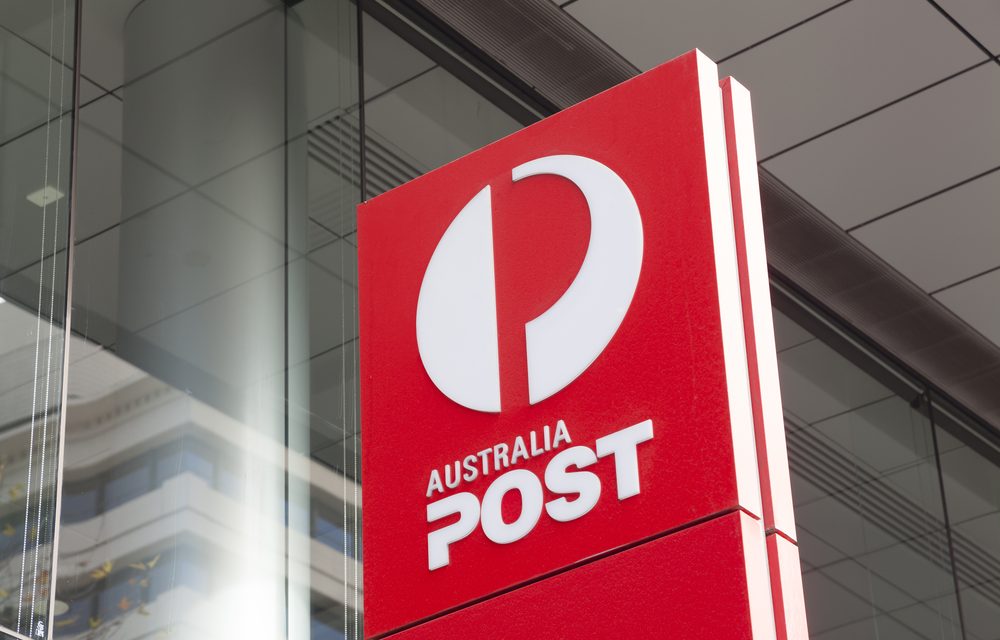
Australia Post reveals profit after tax down 45 % in the first half but parcels performing strongly

Australia Post has published its financial performance for the six months to 31 December 2018.
The company’s profit before tax was $154 million, down 36 % year-on-year. Underlying profit before tax was $124 million, down
38 %. Group revenue was flat at $3.6 billion. Profit after tax $118 million, down 45 %.
The largest business segment, domestic parcels, performed strongly with revenue growing by 10 %, up $147 million. Group parcels profit grew by $25 million to $127 million. In December, Australia Post delivered a record 40 million parcels, up 12 %.
Group Chief Executive Officer and Managing Director Christine Holgate said she was pleased with the continued strong performance of the parcels business, however significant challenges remain for Australia Post with letters revenue now declining at the fastest rate in its history.
“Although we delivered 10 % growth in domestic parcels, well in excess of the growth rates of the economy and in a period of very strong competition, this could not make up for the profit decline in the letters business,” Ms Holgate said.
“Letter revenues are down 10 % or $125 million, which reduced profit by $102 million in the half. This is after saving an estimated $50 million in delivery costs as posties carried 40 % of our parcels.
“Since the last increase in the Basic Postage Rate in January 2016, more than three years ago, our costs to deliver letters are up 10 per cent. The number of new delivery addresses has increased by 500,000, yet letter volumes have declined by 800 million.
“Australia Post will deliver more than two billion letters to almost 12 million homes and businesses this year. Although it is shrinking, letters is still viewed as a critical service by the overwhelming majority of Australians.”
Australia Post is an entirely self-funding business. Last financial year, Australia Post incurred an estimated cost of $404 million in delivering the letters service in accordance with its legislated community service obligations.
Group expenses were held at 2 % growth in the first half, underpinned by total productivity savings of $121 million.











